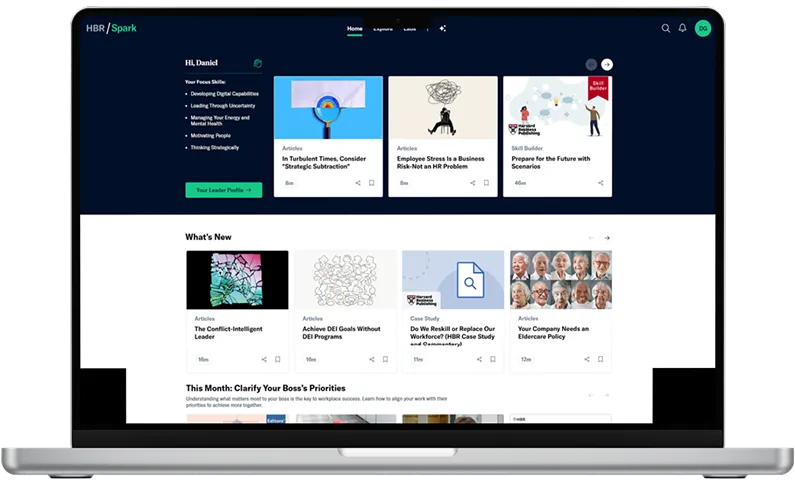We help organizations create real impact through leadership development programs that build the mindsets, capabilities, and cultures needed to thrive.












Our solutions are built on RISE, our proprietary framework that shapes leadership development programs to help organizations thrive in a changing world. We combine innovation, design thinking, and measurable outcomes to drive lasting impact.

From first-time leaders to middle management, our curated programs develop emotional intelligence, leadership mindset.

Our scientifically backed leadership development programs to build leaders with potential behaviors.

Build a culture where every employee owns the customer experience creating unified teams that deliver consistent care and lasting loyalty.

Unlock potential with leadership assessments that reveal strengths, address gaps, and drive growth with clear, data-backed insights.

Boost performance with sales training programs that sharpen skills, build trust, and accelerate deal closures for lasting business growth.

We offer curated, high-impact digital learning powered by Harvard to build future-ready mindsets and drive real-world application.
See how we’ve helped organizations unlock leadership potential and drive measurable transformation across industries.

The need for this intervention emerged out of a pressing organisational requirement: to strengthen leadership succession planning and talent development. Hence, Blue Star partnered with InspireOne to improve their talent pipeline by proactively mitigating risks associated with leadership vacancies by developing a group of adept successors primed to step into pivotal roles.
Our Client, a leading global entertainment media house, wanted an intervention to create a leadership developmental journey for their Front Line Leaders. The journey included various concepts such as Role Understanding and Understanding Self, New Age People Manager and Driving Results. A group of 30 participants were selected for a 4 month journey which included an Orientation session and ended with a Convocation session. The journey included the participants choosing a Business project that would showcase Business Impact and also achieve Learning objectives.
Our client, a leading commercial real estate developer in India, wanted to develop their mid to senior level women leaders in areas of Managing Emotions & Developing Self-Belief, Executive Presence, Negotiation, Assertiveness, etc. This would help them be more vocal, develop confidence and drive stakeholder influence as a result.
It’s the lens we use to help organizations lead through complexity, scale with purpose, and build future-ready leadership.

These aren’t just steps. They are the building blocks of how we co-create, deliver, and sustain value at every touchpoint.

Stay ahead with expert insights, thought leadership, and live conversations that shape the future of work and learning.

A closer look at women leadership and the realities of developing women leaders today
Elevating The Middle Managers
Why next-gen leadership development must be real time, personalised, and built for real challenges.
Closing the Momentum Gap in Women Leadership Development
Awarded by global institutions for delivering sustainable growth, innovative design, and people solutions that drive real change.














Tell us what you’re looking for and one of our consultants will get in touch with you shortly.
